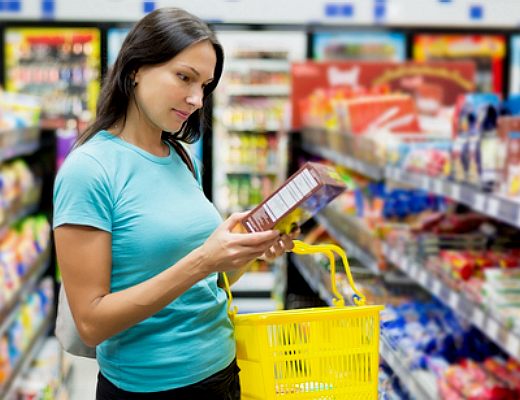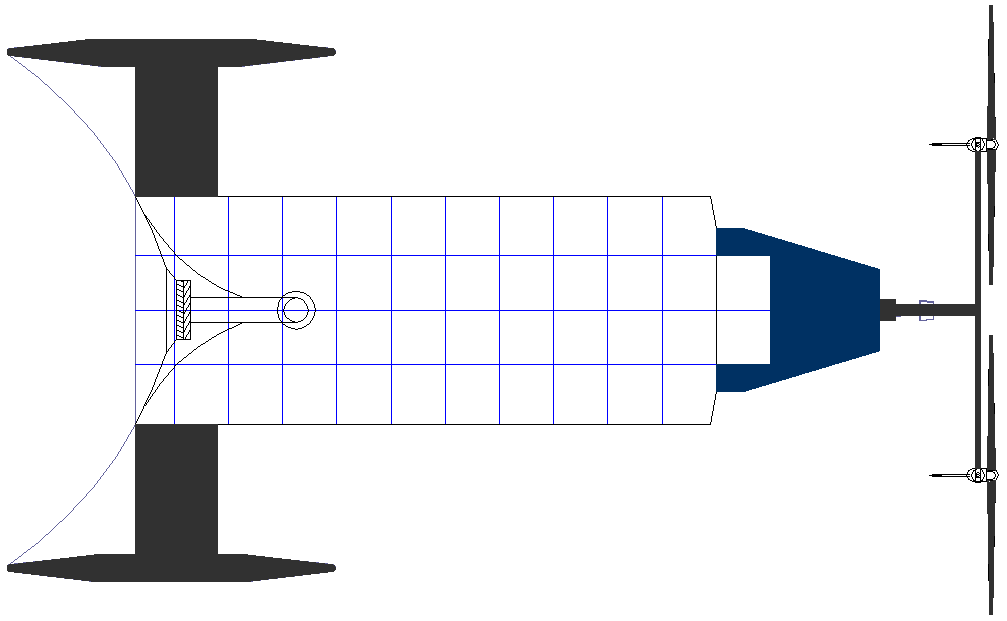|
|
CONVERTING OCEAN PLASTIC TO $ PRODUCTS
|
||||||||||||||||||||||||||||||||||||||||||||||||||||||||||||||||||||||||||||||||||||||||||||
|
Consumer awareness is crucial if recycling targets are to be achieved. Shoppers do read labels and are prepared to pay a bit extra for a product that conforms to their vision for a better future. That includes packaging that does not end up in the ocean killing marine mammals, birds and poisoning the fish that we live on.
It is a nightmare, fortunately one shared by legislators. Plastic is our friend and our enemy all at the same time, but only because we are on a learning curve - having sullied the purity of the oceans, thousands of people are now wondering what can be done to clean it up.
LANDFILL
Bourne out of the need to stop landfill, itself a form of pollution of nature, the current requirement to recycle plastic could help us to make a business case that investors might agree is part of the cure to ocean cleanup. That is because plastic waste may be seen as a commodity, provided that it can be harvested economically. It is a technical challenge, that is being looked at in terms of viability.
PACKAGING RECOVERY NOTES
A
Packaging Recovery Note (PRN) is a type of document that provides evidence
that waste packaging material has been recycled into a new product. They
form a key part of the Producer Responsibility Obligations (Packaging
Waste) Regulations 2007 which covers Great Britain.
There is thus a potential market for suitable recovered plastics where BMS would need to become an accredited reprocessor - a long hill to climb from a standing start, where the recovery technology at the moment does not exist.
Consider also that such trade is unlikely to cover the costs of operating a fleet of robot ships, without top up from the UN, IMO or other ocean monitors, perhaps by way of a contract to:-
a) Develop a method of collecting the waste, and
b) Land such waste in verifiable quantities for recycling.
It did occur to us that when plastic that is recovered from the sea goes into products, that such items could then be sold as "Ocean Friendly." Much like "Dolphin Friendly" tuna. We are sure this will appeal to the buying public and that consumers would switch to brands that are actively supporting ocean cleanups.
EC PACKAGING AND WASTE REGULATIONS
The EC Packaging and Packaging Waste Regulations were introduced in 1997 to prevent the production of packaging waste and reduce the amount of waste for final disposal through packaging re-use, recycling and other forms of recovery. Until recently, the UK was considered "the dustbin of Europe", sending more waste to landfill than any other European country. However in 2009, over 70% of waste was directed from landfill, demonstrating the success of the UK's efforts, which includes the PRN system.
Packaging recycling obligations for packaging producers are determined by national business targets set by the government.
The last round of targets were announced in the Budget for 2012 and cover the five year period form 2013-17 as seen below. This includes a new split target for glass to encourage more cullet to be sent for
re-melt rather than other applications such as aggregates.
How they monitor and compare plastic production to plastic recycling, to get the percentages is interesting. Any discrepancy between input and output - must surely be plastic waste that leaves our shores for the vast oceans. But that waste should be accounted for and included in targets.
TARGETS FOR UK BUSINESSES
PROPOSED EU TARGETS 2020 0 2030
PRN PLASTIC RECOVERY NOTES PRICE PER TONNE IN MAY 2012
Data published on the Environment Agency’s National Packaging Waste Database shows that between January and March 2012, only 1.72 million tonnes of waste was recovered or recycled by packaging waste compliance schemes compared with 1.80 million tonnes during the same period the year before (-4.4 per cent).
RECYCLING
THE CIRCULAR ECONOMY
The European Commission adopted the Communication "Towards a circular economy: a zero waste programme for Europe" and annex to establish a common and coherent EU framework to promote the circular economy. Turning Europe into a more circular economy means:
As part of the circular economy package, the Commission also adopted a legislative proposal to review recycling and other waste-related targets in the EU and annex. Achieving the new waste targets would create 180 000 new jobs, while making Europe more competitive and reducing demand for costly scarce resources. The proposal aims to:
To help the circular economy become reality, the Commission adopted other initiatives, such as proposals for sustainable buildings, green employment and green action for SMEs.
KEY DOCUMENTS:
WHAT IS A CIRCULAR ECONOMY ?
Since the industrial revolution, waste has constantly grown. This is because our economies have used a “take-make-consume and dispose” pattern of growth – a linear model which assumes that resources are abundant, available and cheap to dispose of.
What we need is a more circular economy. This means re-using, repairing, refurbishing and recycling existing materials and products. What used to be regarded as ‘waste’ can be turned into a resource. All resources need to be managed more efficiently throughout their life cycle.
Using resources more efficiently will also bring new growth and job opportunities. Better eco-design, waste prevention and reuse can bring net savings for EU businesses of up to EUR 600 billion, while also reducing total annual greenhouse gas emissions. Additional measures to increase resource productivity by 30% by 2030 could boost GDP by nearly 1%, while creating 2 million additional jobs.
Moving towards a circular economy is at the heart of the resource efficiency agenda established under the Europe 2020 Strategy for smart, sustainable and inclusive growth. The main ideas on how to do more with less are being taken further in the EU's Environment Action Programme to 2020.
The European Commission's 'Generation Awake' campaign on resource-efficiency focuses on what each one of us can do in our daily life to save water, energy and other natural resources, and turn waste into a resource.
EXTRACT
from the Work programme for 2015 (Commission Implementing decision C(2014)10276 final of 09.01.2015)
The integrated projects financed under this AWP will be completed in 2020 or later and they are expected to contribute to the achievement of the following outcomes:
WATER No. of river basin districts (RBD) covered by IPs
Putting in place and implementing compliant and efficient Waste Management Plans (WMP).
This is a true picture at the moment. Seafill instead of Landfill
ARCTIC - ATLANTIC - BALTIC - BERING - CARIBBEAN - CORAL - EAST CHINA - ENGLISH CH - GULF MEXICO
INDIAN - MEDITERRANEAN - NORTH SEA - PACIFIC - PERSIAN GULF - SEA JAPAN - STH CHINA
LINKS & REFERENCE
Blest Japan Plastic to Oil converters Environment
Japanese Government Blest
Plastic
Boards Lets recycle packaging targets http://www.sustainablepackaging.org/ http://www.letsrecycle.com/packaging/targets/ http://www.t2e.co.uk/packaging-recovery-note.html http://recyclingtechnologies.co.uk/ http://www.recycle.co.uk/ http://en.wikipedia.org/wiki/Pyrolysis http://www.greatrecovery.org.uk/plastic-its-a-lovehate-thing/ http://www.greatrecovery.org.uk/ http://www.epsrc.ac.uk/ http://www.plasticboards.com
PATENT PENDING - A non-polluting vessel such as the Bluefish ZCC concept could be an ideal base machine when it comes to filtering garbage from the world's ocean gyres. The concept could be a core ingredient to achieving a truly circular economy. The SeaVax concept is derived from the Bluefish formula, to be transformed into a robotic ocean workhorse to vacuum our oceans clean. This design uses no diesel fuel to cruise the oceans autonomously (COLREGS compliant) 24/7 and 365 days a year except for servicing downtime. With such awesome power generating capability, a ZCC can be adapted to extract plastic waste from ocean garbage patches. Several of these cleaners operating as Atlantic, Indian and Pacific ocean fleets could make such conservation measures cost effective, and even potentially attractive to governments around the world - for the health of the world. Recovered plastic could be processed to produce oil, energy or recycled products. Better than letting fish and seabirds eat the waste and kill themselves, and who knows how that may affect us, where seafood is an essential resource for mankind and toxicity levels increase further up the food chain. Sushi anyone?
ARCTIC - ATLANTIC - BALTIC - BERING - CARIBBEAN - CORAL - EAST CHINA - ENGLISH CH - GULF MEXICO
INDIAN - MEDITERRANEAN - NORTH SEA - PACIFIC - PERSIAN GULF - SEA JAPAN - STH CHINA
PLASTIC OCEANS - RISING SEA LEVELS
|
|||||||||||||||||||||||||||||||||||||||||||||||||||||||||||||||||||||||||||||||||||||||||||||
|
This
website is Copyright © 2015 Bluebird Marine Systems Limited.
The names Bluebird, Bluefish™,
SeaNet™,
SeaVax™,
and the blue bird in flight
|
|||||||||||||||||||||||||||||||||||||||||||||||||||||||||||||||||||||||||||||||||||||||||||||



